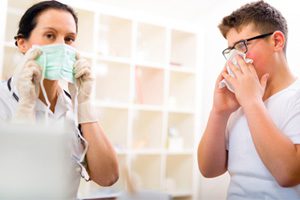The National Occupational Research Agenda (NORA) is a partnership program to stimulate innovative research and improved workplace practices. NIOSH and its partners have formed NORA councils for sectors and cross-sectors, including participants from academia, industry, labor, and government. Each council drafts strategic objectives for the nation in NORA agendas. These agendas provide guidance to the entire occupational safety and health community for moving research to practice in workplaces.
The NIOSH cross-sectors focus on the major health and safety issues affecting the U.S. working population.









